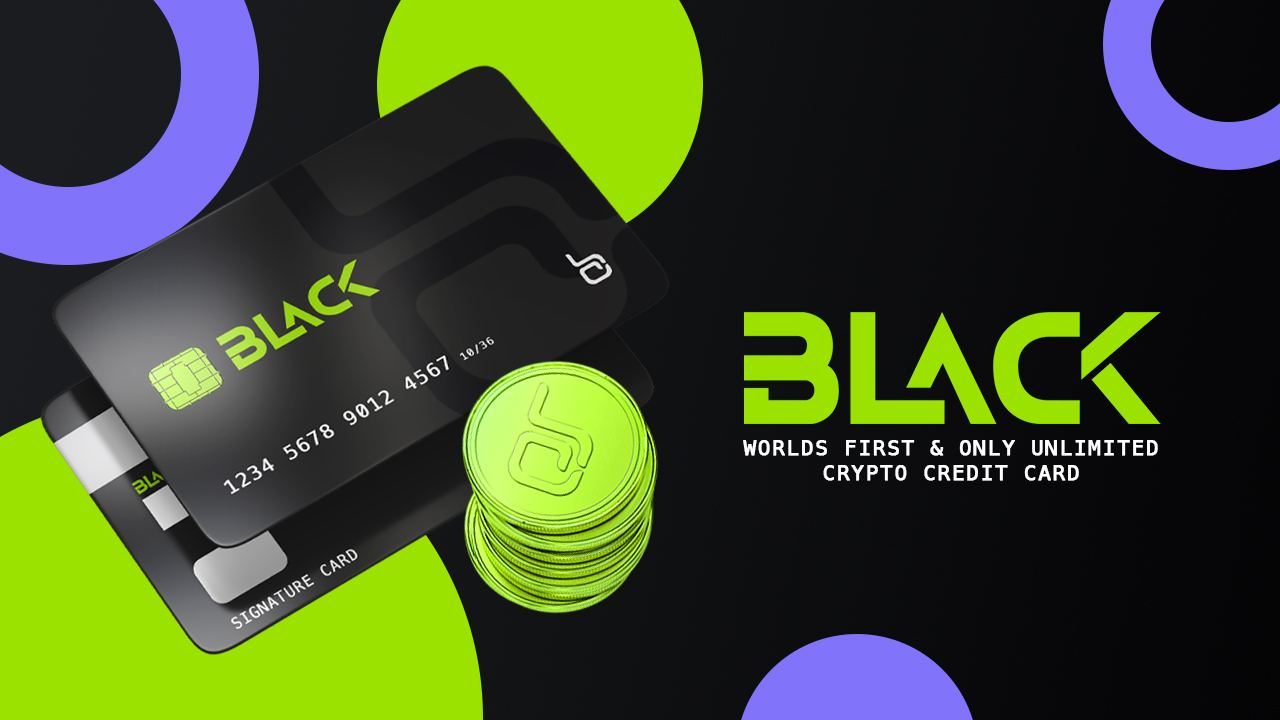Shortly after the introduction of Bitcoin in 2009, a variety of other cryptocurrencies such as Namecoin, Ixcoin, Tenebrix, and Solidcoin were born. However, most of them have faded within a very short time.
Litecoin (LTC) in particular is one of the few coins that has survived to this day, having seen a decade of ups and downs. After overcoming a number of obstacles in its path, Litecoin finally seems to have settled in the cryptosphere.
Amazing growth
Like any other “newbie” in the field, Litecoin struggled to gain ground in its early years. After the number of addresses remained below the 10 million mark for more than 5 years after it was founded, the number of addresses increased fivefold between 2018 and 2021.
Strangely enough, the number of addresses at the time of going to press is now 100 million. The recent surge is clear evidence of Litecoin’s constant and natural growth.
Source: Glassnode
In addition, the dormant state of LTC shows that the general accumulation trend is still going on. As such, the average inactivity of a coin describes the average number of days that a coin has not moved.
This indicator is quite moderate, suggesting that the actual destruction / spending is related to the transactions examined.
Litecoin’s profitability aspect also improves over time. As shown in the graphic from Into The Block (ITB), more than 70% of owners are currently making “profits”. On the contrary, this means that the remaining 30% is at a loss or breakeven point. Given the current state of the market, that number looks pretty good.
In every bullish phase of the market, LTC has generated substantial returns for investors and has also made an assessment of the expected loss during downtrend phases. In short, over the course of a decade, the tides of the market in general have not raised Litecoin’s boat and vice versa.
Source: IntoTheBlock
Single question mark
While Litecoin has done well on the aforementioned fronts, the development aspect has shown weakness since its inception, or at least part of the community believes in it. In fact, the constant ridicules of utility and redundancy revolve around the coin. Are these criticisms really justified?
Generally no. First of all, it should not be forgotten that LTC has been successful over the years with the “package of expectations” on its shoulders, it rarely complains.
Second, relatively “old” protocols often take time to develop and adapt to a changing ecosystem. At this point, Litecoin just needs some space. Notably, it took SegWit on Litecoin some time to materialize, as did the first cross-chain swap or any other development. It is no longer a matter of whether, but when, Mimblewimble, Smart Contracts and NFTs are fully functional.
Hence, it would not be wrong to say that like a fine wine, Litecoin has just gotten better and better over the years. When the above upgrades, tweaks, and additions are completed, the Litecoin network will become more valuable than ever.
If the bull pattern becomes even more persistent in the near future, LTC will eventually be able to break free from the shackles of the broader market trend and surprise its owners with independence protests.
Join Bitcoin Magazine Telegram to keep track of news and comment on this article: https://t.me/coincunews
Mr. Teacher
According to AMBCrypto
Follow the Youtube Channel | Subscribe to telegram channel | Follow the Facebook page













